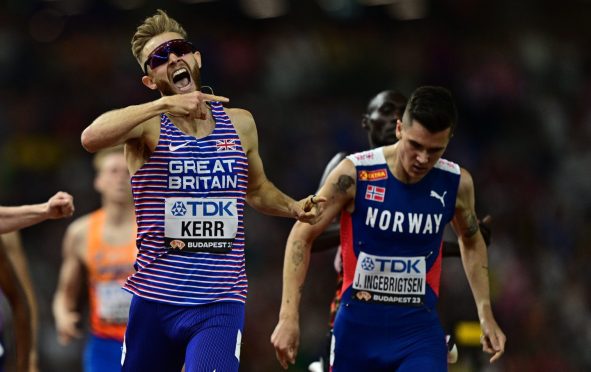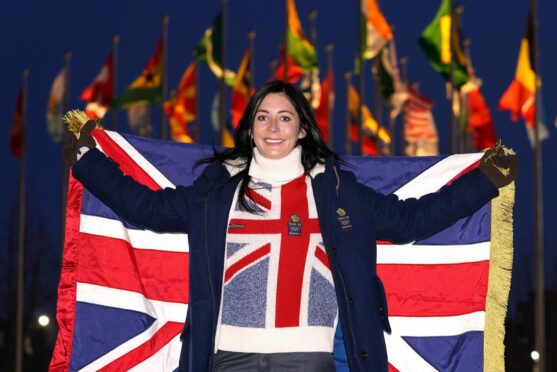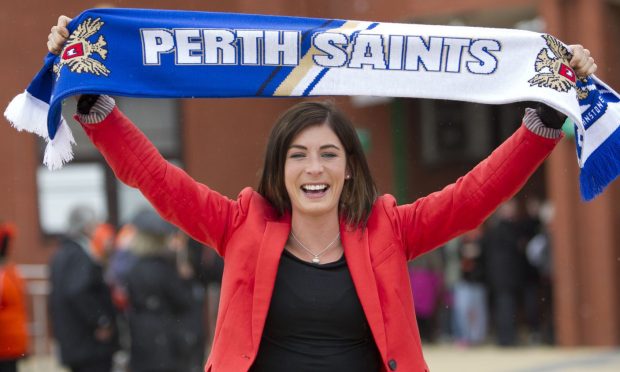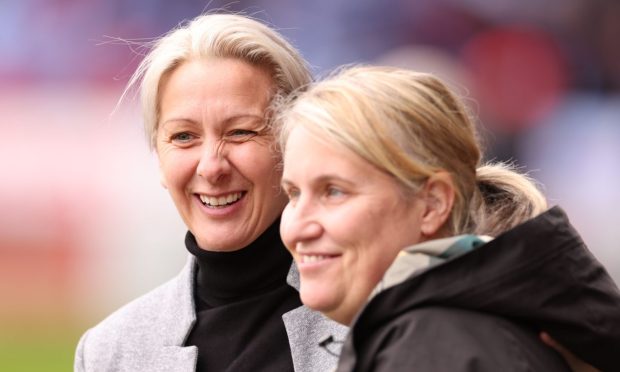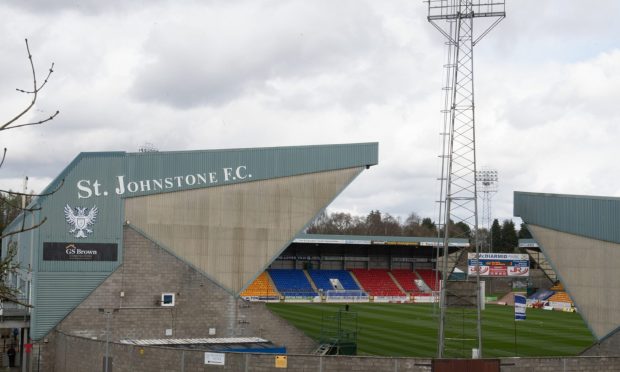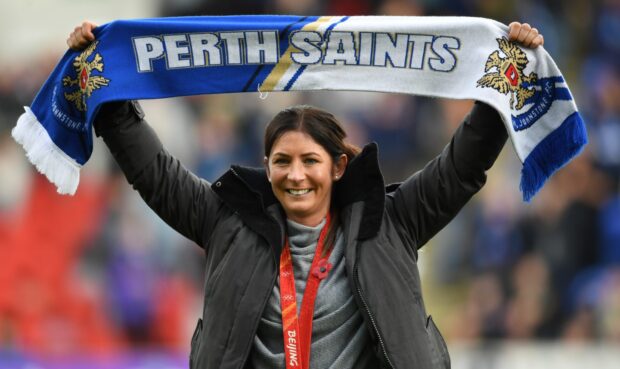The week between Christmas and New Year, called by some Twixtmas (I hope that never catches on), is as good a time as any to ponder a few language imponderables.
Things like an instruction on my toothpaste tube advising me to put a bleb on my toothbrush. A bleb? The first dictionary definition is “a small blister”; the second is “a bubble of air in water”. How big are either of these things?
If you “get on like a house of fire” with someone, why is that an indicator of success? In whose world is a “house on fire” a good thing?
If you fall over, you might be described as having overbalanced. Surely underbalanced would be more apt?
I have to face the fact that nothing I’ve ever seen or heard described as a miracle was, actually, a miracle.
I fear I may never solve the riddle of nougat. Is it pronounced “nugget” or “noo-gah”?
I fear that loo-tenant instead of lef-tenant (for lieutenant) will completely take over.
I fear I may never care what YouTube “influencers” have to say about, well, anything. And that this irretrievably means I am old.
I don’t think I’ll ever get the chance to tell TV chef Jamie Oliver that “bosh” has several meanings. It is, for instance, part of a blast furnace. But it has no recognised definition that gives credence to the way he uses it as an exclamation.
I am pleased I’ll never meet the man who named a carpet colour “happy biscuit” (it was brown). I think I might be rude to the fellow for such flippancy. And I refused to buy the carpet.
I am saddened that the great old saying “more (insert a noun of your choice here) than you can shake a stick at” will probably never become fashionable again.
However, I can celebrate that another year has passed in which I managed to avoid seeing even one second of TV show “Catchphrase”.
I detest Catchphrase. So few of what they claim to be catchphrases actually are catchphrases.
A catchphrase is an oft-repeated sentence or phrase associated with a particular famous person, or organisation, often cunningly crafted to increase their appeal and fame.
“Nice to see you to see you . . . nice” (Bruce Forsyth) is a catchphrase; as is “I don’t believe it” (Victor Meldrew). You could argue Vorsprung durch Technic (Audi) became a catchphrase after beginning its life as a slogan.
But too many of the “catchphrases” on Catchphrase are merely idioms, word-pairings, or even a few words from a song.
It is a programme that sits upon a throne of lies.
Word of the week
Belute (verb)
To cover with mud. EG: “The best and safest thing to do with an episode of TV show Catchphrase is to liberally belute it. Belute, belute until you can belute no more.”
Read the latest Oh my word! every Saturday in The Courier. Contact me at sfinan@dctmedia.co.uk




